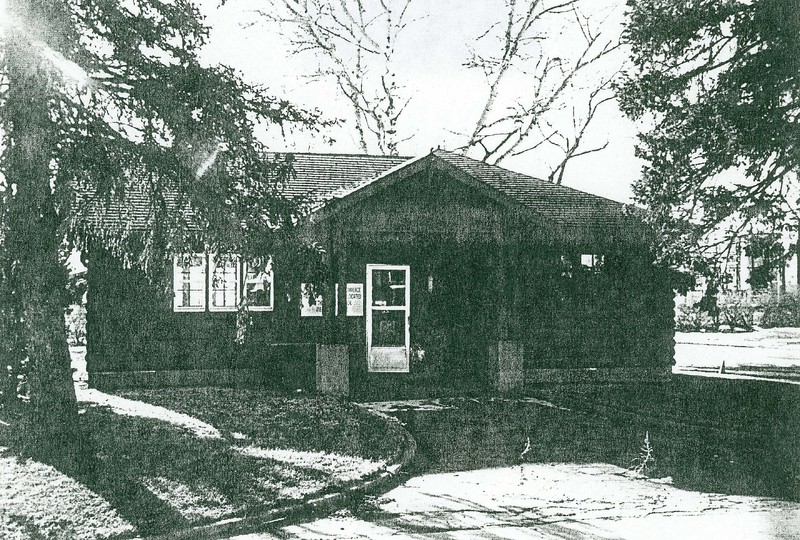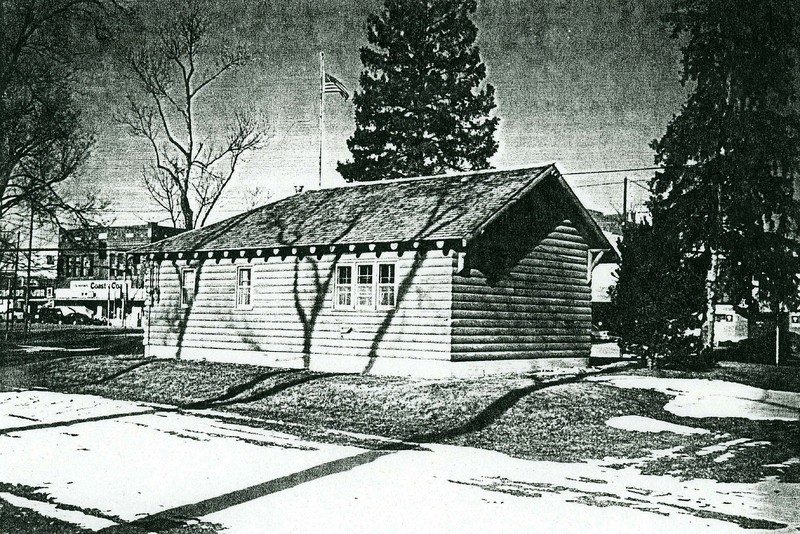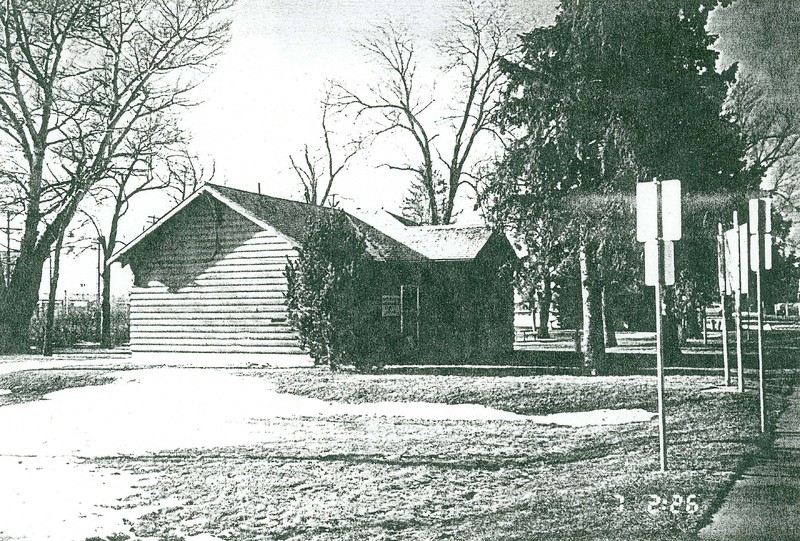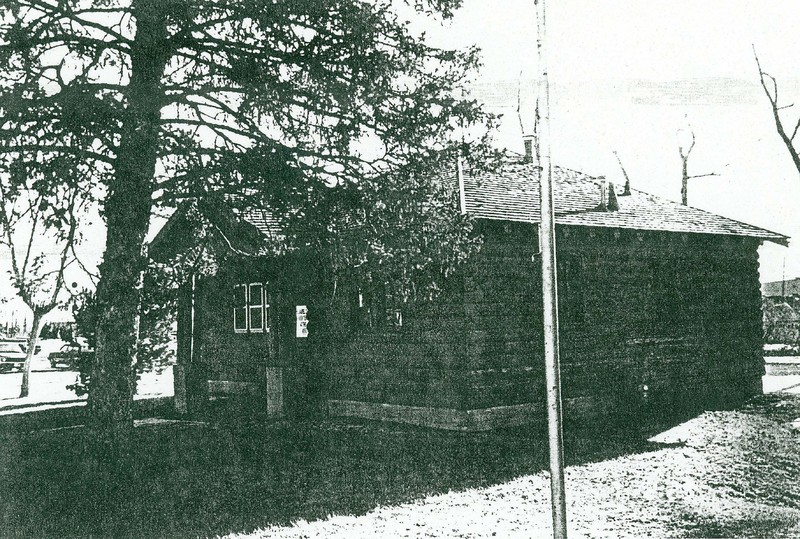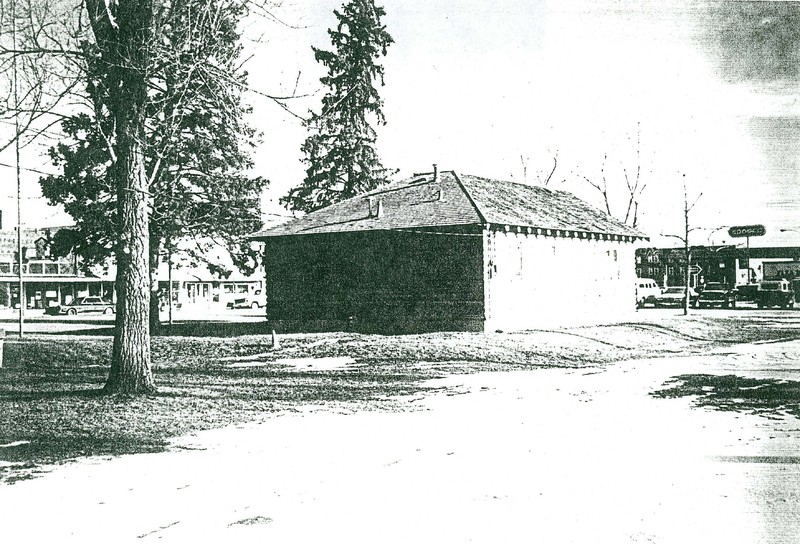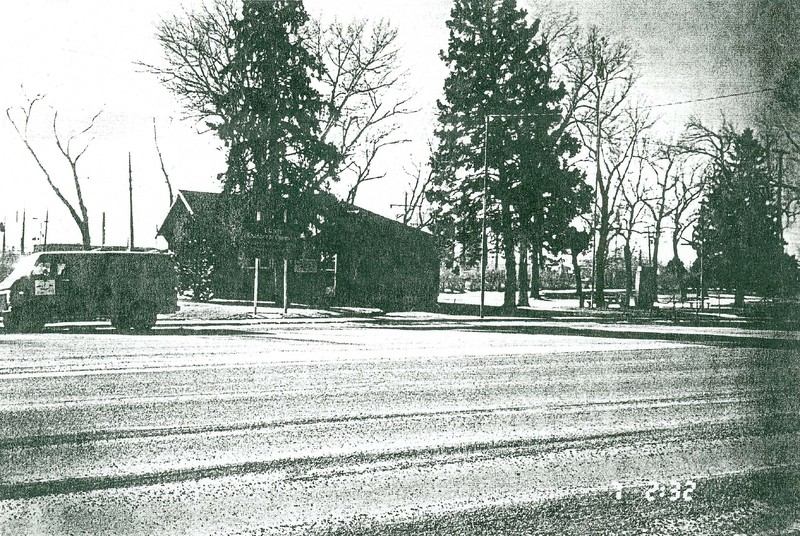
Despite the crippling effects of the Great Depression, American auto tourists took to the roads in record numbers in the 1930s. To lure these tourists to Montana, the state highway department’s Robert Fletcher developed an ambitious promotional program. It included publication of the first “official” highway map in 1934, the creation of a highway historical marker program in 1935, and construction of roadside picnic areas, information centers, and ports-of-entry stations. Fletcher also envisioned a chain of roadside museums, constructed by the highway department but staffed and maintained by local chambers of commerce. Although several communities along U.S. Highways 10 and 91 expressed interest, the Laurel Roadside Museum was the only museum completed under the program. Constructed in 1938, the Rustic style frame and log building housed the police station in one room and the museum, which featured fossils, dioramas, and a buffalo head mount, in the other. The Laurel Commercial Club hired Crow Indian Max Big Man to staff the museum and offer daily presentations on Indian life to tourists. The seasonal museum operated only four years before World War II led to its closure.
Images

